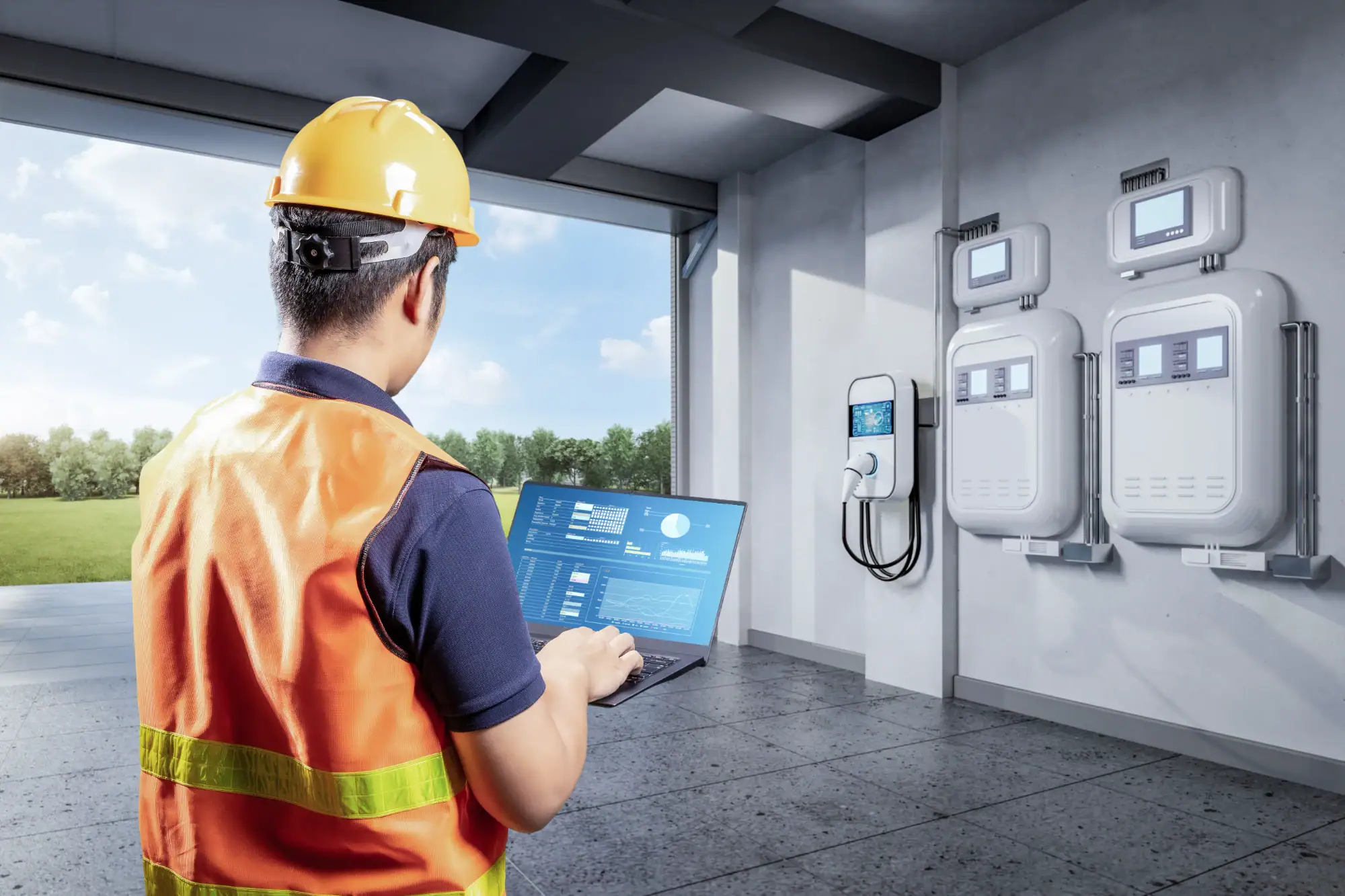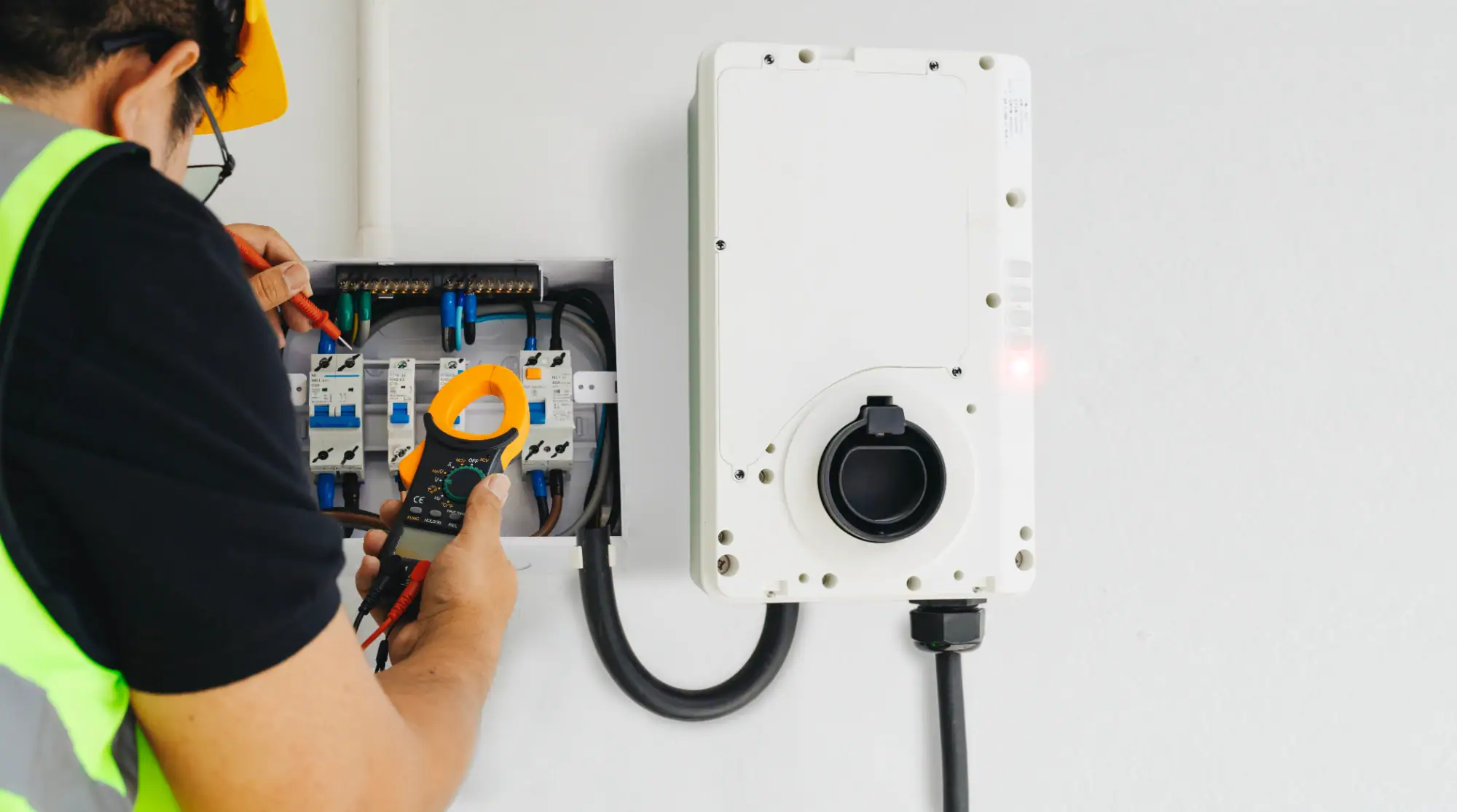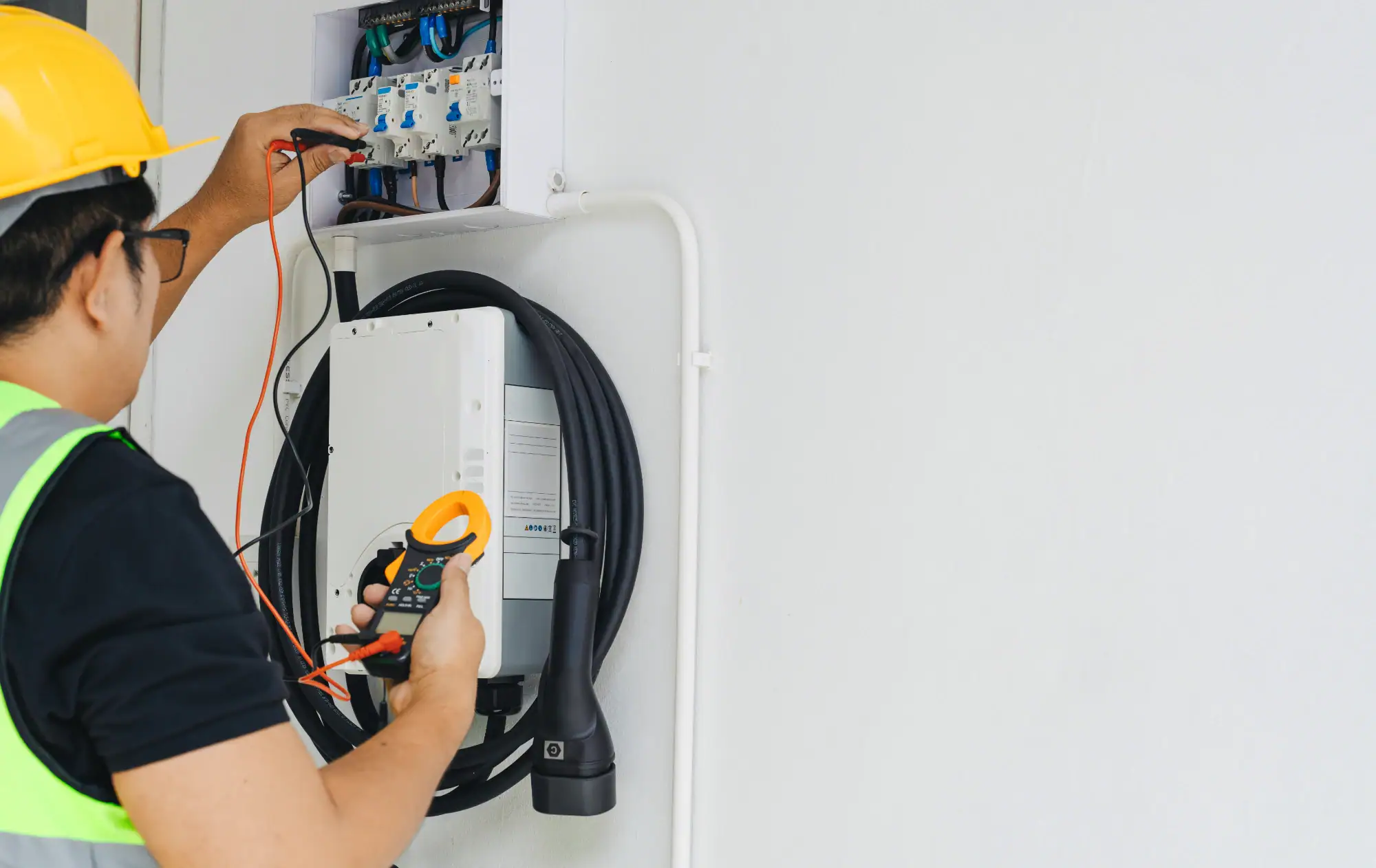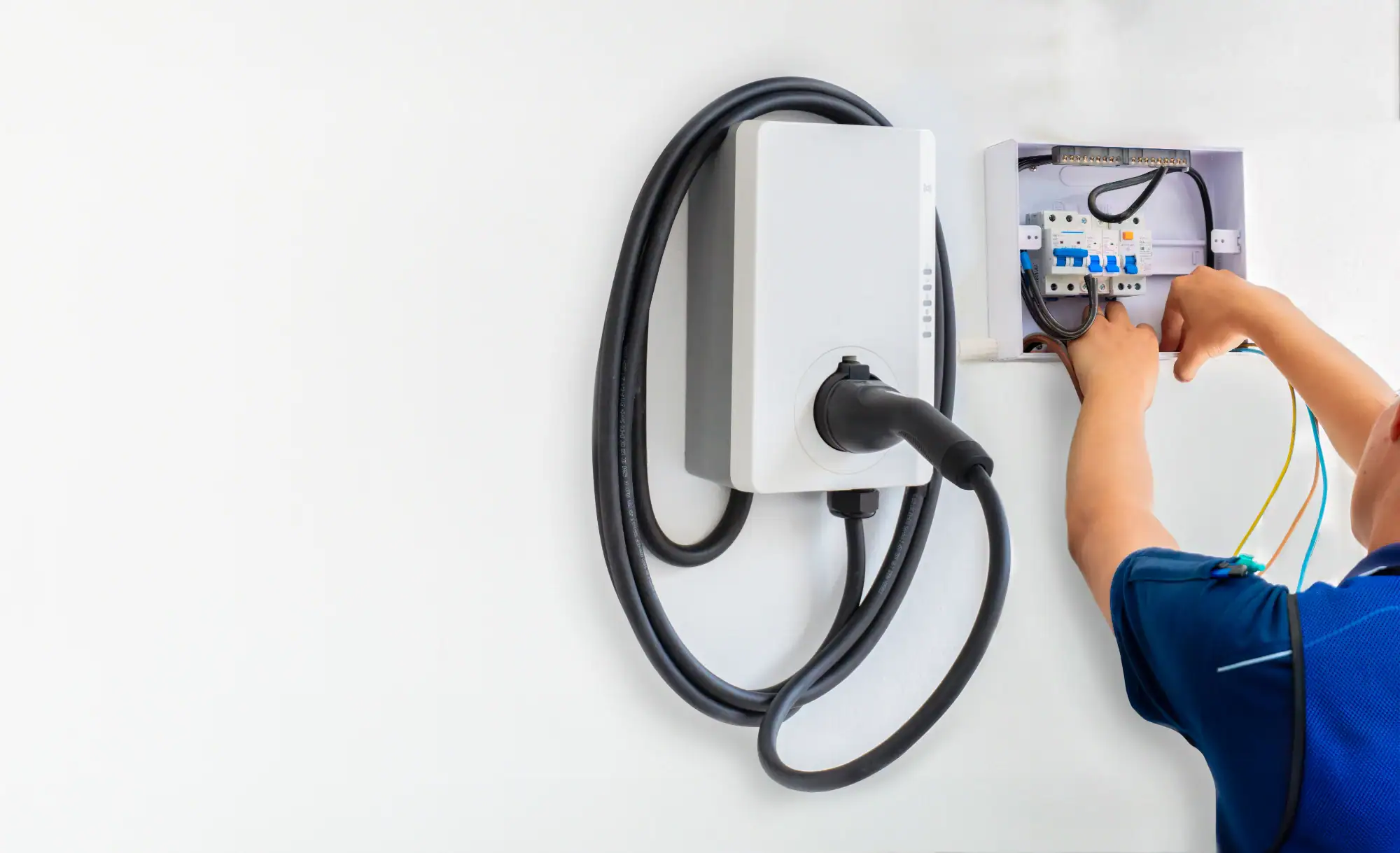Licensed electricians with 25+ years experience installing Level 2 EV chargers with ComEd rebate eligibility up to $3,750.

Hear from Our Customers

You’re tired of hunting for public charging stations and paying premium rates. With a professionally installed Level 2 EV charger, you’ll add 25 miles of range per hour right from your garage.
No more planning trips around charging stops. No more waiting in line at crowded stations. Just plug in when you get home and wake up to a fully charged vehicle every morning.
The math works in your favor: home charging costs roughly half what you’ll pay at public stations. Plus, with ComEd’s time-of-use rates, you can charge during off-peak hours for even greater savings.
Jimco Electric has been the go-to electrical service for Steele homeowners for over 25 years. We specialize in emergency electrical repairs, panel upgrades, and now EV charger installations that actually work.
We’re licensed, bonded, and insured with deep experience in residential electrical work. When your neighbor’s panel starts sparking or needs a circuit upgrade, they call Jimco Electric.
Our team knows that EV charger installation isn’t just about mounting a box on your wall. It’s about ensuring your electrical system can safely handle the load, getting proper permits, and qualifying you for maximum rebates.

First, we’ll assess your electrical panel capacity and determine if upgrades are needed. Many homes with 100-amp panels require upgrades to safely support Level 2 charging, while 200-amp panels usually have sufficient capacity.
Next, we handle all permit applications and coordinate with ComEd for rebate eligibility. You don’t need to navigate the paperwork maze – we manage the entire process from start to finish.
Installation typically takes 2-4 hours depending on your electrical setup. We’ll install the dedicated 240-volt circuit, mount your charger, and test everything thoroughly. You’ll receive all documentation needed for rebate claims and warranty coverage.

Ready to get started?
Your installation includes electrical panel assessment, load calculation, permit acquisition, and professional installation. We handle both plug-in and hardwired charger types, ensuring your setup meets all local codes.
Steele residents benefit from ComEd’s generous rebate program, offering up to $3,750 for qualified installations. Our team ensures your installation meets all rebate requirements and helps you navigate the application process.
We also provide electrical panel upgrades when needed. If your current panel can’t safely handle the additional load, we’ll upgrade you to a 200-amp panel that supports both your EV charger and future electrical needs.
